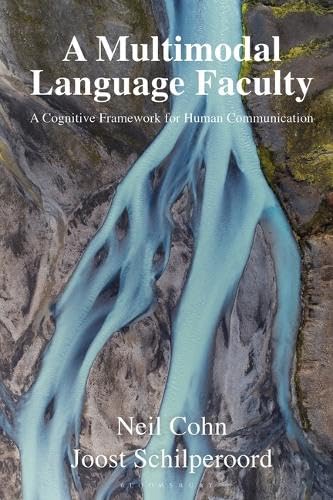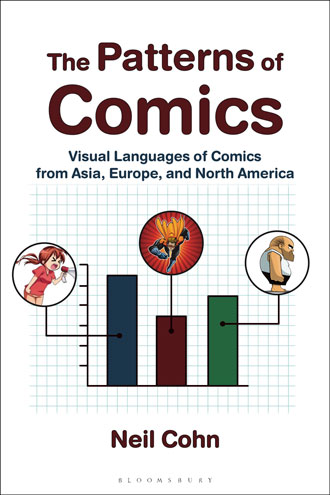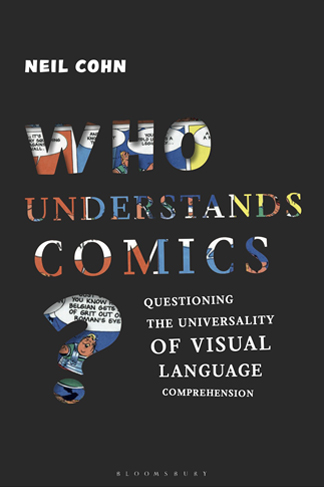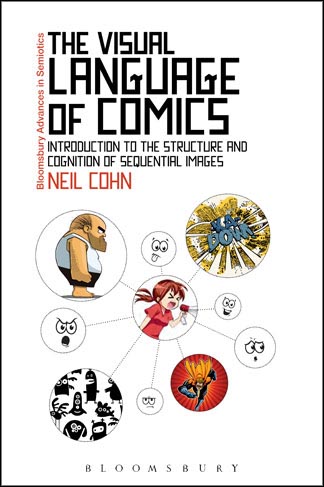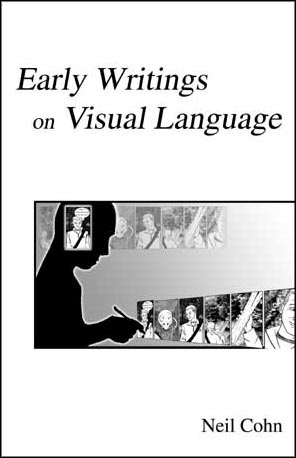The Visual Narrative Reader
The Visual Narrative Reader
Edited by Neil Cohn
Sequential images are as natural at conveying narratives as verbal language, and have appeared throughout human history, from cave paintings and tapestries right through to modern comics. Contemporary research on this visual language of sequential images has been scattered across several fields: linguistics, psychology, anthropology, art education, comics studies, and others. Only recently has this disparate research begun to be incorporated into a coherent understanding.
In The Visual Narrative Reader, Neil Cohn collects chapters that cross these disciplinary divides from many of the foremost international researchers who explore fundamental questions about visual narratives.
- How does the style of images impact their understanding?
- How are metaphors and complex meanings conveyed by images?
- How is meaning understood across sequential images?
- How do children produce and comprehend sequential images?
- Are visual narratives beneficial for education and literacy?
- Do visual narrative systems differ across cultures and historical time periods?
This book provides a foundation of research for readers to engage in these fundamental questions and explore the most vital thinking about visual narrative. It collects important papers and introduces review chapters summarizing the literature on specific approaches to understanding visual narratives. The result is a comprehensive “reader” that can be used as a resource to researchers, a supplement to courses, and a broad overview of fascinating topics to for anyone interested in the growing field of the visual language of comics and visual narratives.
ISBN: 9781472585592
2015 / 320 pages
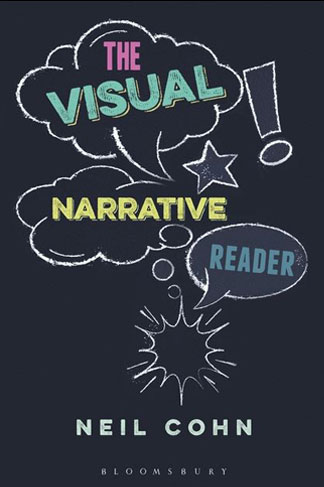
Table of Contents
Preface
1. Interdisciplinary approaches to visual narrative, Neil Cohn
Section 1: Theoretical approaches to sequential images
2. Linguistically-oriented comics research in Germany, John Bateman and Janina Wildfeuer
3. No content without form: Graphic style as the primary entrance to a story, Pascal Lefèvre
4. Conceptual Metaphor Theory, Blending Theory, and other Cognitivist perspectives on comics, Charles Forceville
5. Relatedness: Aspects of textual connectivity in comics, Mario Saraceni
6. A little cohesion between friends; Or, we’re just exploring our textuality, Eric Stainbrook
Section 2: Psychology and development of visual narrative
7. Manga literacy and manga comprehension in Japanese Children, Jun Nakazawa
8. What happened and what happened next: Kids’ visual narratives across cultures, Brent Wilson
Section 3: Visual narratives across cultures
9. The Walbiri sand story, Nancy Munn
10. Alternative representations of space: Arrernte Narratives in Sand, David Wilkins
11. Sequential text-image pairing among the Classic Maya, Søren Wichmann and Jesper Nielsen
12. Linguistic relativity and conceptual permeability in visual narratives: New distinctions in the relationship between language(s) and thought, Neil Cohn
Further Reading
Index
Praise for The Visual Narrative Reader…
“This trailblazing collection provides an excellent starting point for anyone interested in the study of cognition and visual narrative. Drawing on an array of disciplines and approaches, from linguistics and psyschology to anthropology and art education, The Visual Narrative Reader investigates such intriguing topics as children’s drawings, manga, ancient Maya art and Australian sand narratives. It is also one of the few recent contributions to the field of visual studies that is truly international in scope. Highly recommended.”
— Kent Worcester, Professor of Political Science, Marymount Manhattan College, USA
“For years Neil Cohn has been doing his own leading edge work on the structure and cognition of visual narratives. Now he has assembled a collection of studies, both seminal and new, from across disciplines and cultures, to challenge our assumptions about how humans create and comprehend images. More than just an important resource for comics scholars, this anthology might be a catalyst that transforms the nature of comics studies.”
— Randy Duncan, Professor of Communication, Henderson State University, USA and co-author of The Power of Comics
“Anyone interested in visual narrative will be very grateful to Neil Cohn for compiling this collection of diverse knowledge by insightful researchers from a variety of disciplines. Even though I’ve been involved with comics and other forms of visual storytelling for most of my life, this book, like all of Cohn’s works, gives me great new insights and points of view.” — Carl Potts, Former Executive Editor, Marvel Comics and Author of The DC Comics Guide to Creating Comics: Inside the Art of Visual Storytelling
“While formal, cognition- and language-oriented research should be among the fundamental building blocks for all studies into comics and sequential art, it is too often marginalised or even completely overlooked. This volume finally collects in one reader comprehensive overviews of diverse established approaches; as well as several of the most essential and fruitful contributions to the field. Its special focus on cultural variation provides important and unique perspective. The Visual Narrative Reader should set a new and indispensable standard for all linguistic and interdisciplinary research into visual narrative.” — Stephan Packard, Junior Professor of Media Culture Studies, Freiburg University, Germany and President of the German Society for Comics Studies
“The Visual Narrative Reader situates comics within the broader context of visual language and uses approaches from cognitive science to offer new insights into the ways that comics work. Neil Cohn has assembled an overview of an expanding field that will provoke and enlighten comics readers and cartoonists alike.” — Matt Madden, author of 99 Ways to Tell a Story: Exercises in Style
“This volume breaks new ground: No one before has tried to organize scholarship on visual narrative into a coherent collection. Neil Cohn is perfectly suited to this task. The result is a great resource for students, scholars, and anyone interested in the science of how we understand stories told with pictures.” — Jeffrey M. Zacks, Professor of Psychology and Radiology, Washington University in St. Louis, USA and author of Flicker: Your Brain on Movies (2014)
“This multi-faceted collection looks beyond just comics to trace visual narrative through history and across cultures: it provides a rich foundation for understanding how we acquire, interpret, and communicate through visual language, and details how discrete visual language systems reflect and serve the particular cultures within which they develop. Whether read on its own or as a companion to Cohn’s The Visual Language of Comics (essential reading for any student of comics), this collection will challenge readers’ ideas of how comics and other visual narratives are taught, learned, and used in everyday communication.” — Alexander Danner, co-author of Comics: A Global History, 1968 to the Present (2014)
